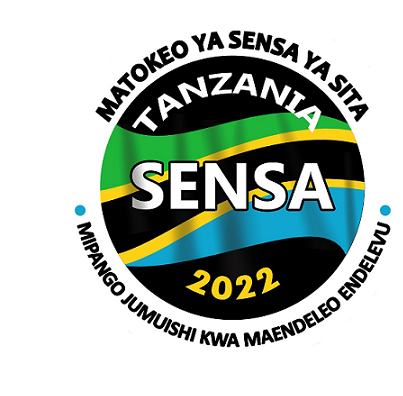The National Bureau of Statistics (NBS) and Statistics Norway (SSB) conducted a survey named Impact of Access to Sustainable Energy Survey (IASES) from 2019 to 2022. This survey, was conducted in Mainland Tanzania and was jointly funded by the Government of Tanzania and Norwegian Agency for Development Cooperation (Norad). The current report builds on the Sustainable Development Goal number 7 (SDG7.1) and its indicators which articulates on the need to ensure access to affordable, reliable, sustainable and modern energy for all by 2030.
Mainland Tanzania uses several key indicators to measure access to electricity. The Rural Energy Agency (REA) considers households to have access if there is an electric pole in the village, hamlet, or mtaa (street). Based on this definition; the results show that, the share of households residing in communities with access to electricity is 72 percent.
The household is connected to electricity if there is an electric bulb in the house. According to the results, the percentage of households connected to electricity increased from 32.8 percent in 2016/17 to 45.8 percent in 2021/22, implying that more than 2 million households in Mainland Tanzania, have been connected to electricity over the last six years.




